Masters of the Craft: 12 Black Artists Who Broke Boundaries
- 12. Norman Lewis, the Great Black Artist of Abstract Expressionism
- 11. Sam Gilliam (1933-2022)
- 10. Cheri Samba (1956 - )
- 9. Horace Pippin (1888-1946)
- 8. Kara Walker (1969 - )
- 7. Faith Ringgold (1930 - )
- 6. Yinka Shonibare (born 1962 -)
- 5. Zanele Muholi (1972 - )
- 4. El Anatsui (1944 - )
- 3. Alma Thomas (1891 - 1978)
- 2. Jean-Michel Basquiat (1960 - 1988)
- 1. Joshua Johnson, The Pioneering Black Artist (1763-1824)
Black art is diverse and multifaceted. In this article, we are highlighting 12 Black artists who everyone should know.
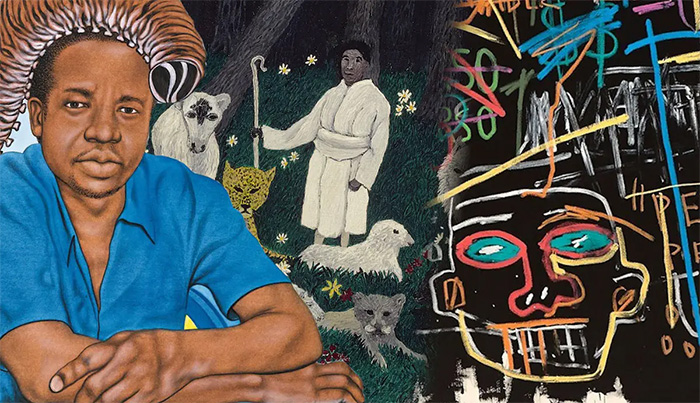
Art historians largely ignored black artists for many years. However, they produced exceptional art. Black art does not have to be political. It is rooted, like all art, in the creator's identity. The list below is not definitive, but it includes 12 Black artists that everyone should know.
12. Norman Lewis, the Great Black Artist of Abstract Expressionism
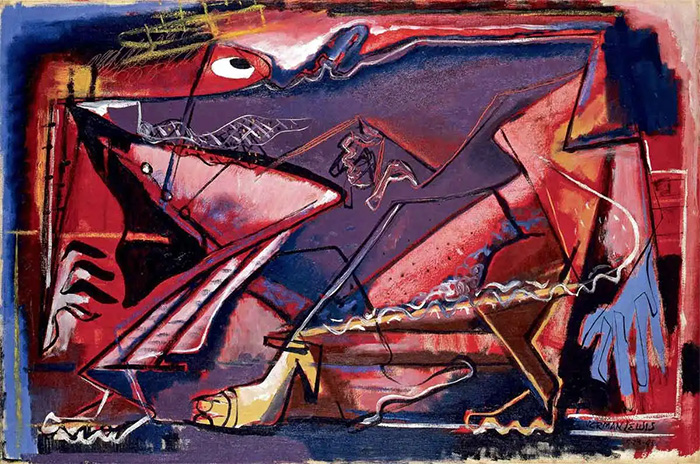
Norman Lewis is a true American master and the only Black Abstract Expressionist from the first generation. Lewis, a social realist during his early career, moved to abstraction by the mid-1940s. He was tired of portraying an American society that was cruel to large parts of the population.
Lewis spent many years searching for a way artists could influence the political situation with their art. He was trying to find an answer to systemic racism and violence. Despite working with anti-racism organizations, Lewis was less sure of the power of art to change the world. He argued that art is useless in the struggle for political change and protesting wouldl have more chance.
11. Sam Gilliam (1933-2022)
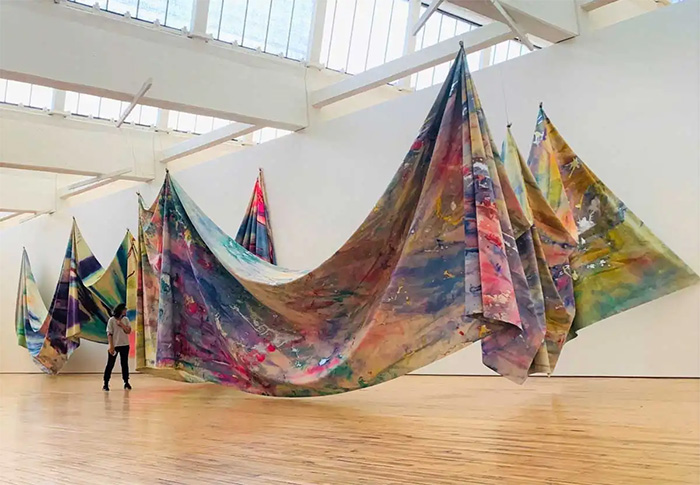
Sam Gilliam, born in Mississippi, is one of America's greatest color field painters. Gillam is best known for his unsupported canvases, which hang from the gallery ceiling or walls. These structures are at the intersection of sculpture and painting, showing the fluidity of the art forms. Gilliam was influenced by African-American quilts he saw as a child.
Gilliam's deliberate choice of style was explained by his statement that his work did not require frames except for the space surrounding them. Gilliam’s paintings allow viewers to walk around them. This makes the experience of engaging with the artworks much more interactive and personal.
10. Cheri Samba (1956 - )

Cheri Samba began his career as an artist in 1972, when he was sixteen. His first works did not fill the walls of galleries. Samba's situation quickly changed when, three years later, he already had his studio in Kinshasa.
Samba's work is displayed in some of the most prestigious museums in the world and sold at major auction houses. Samba's style, with its thick contours, bright colors and glitter may appear naive, but his works are rooted in the African everyday life and the dialogue between tradition and modernity.
9. Horace Pippin (1888-1946)
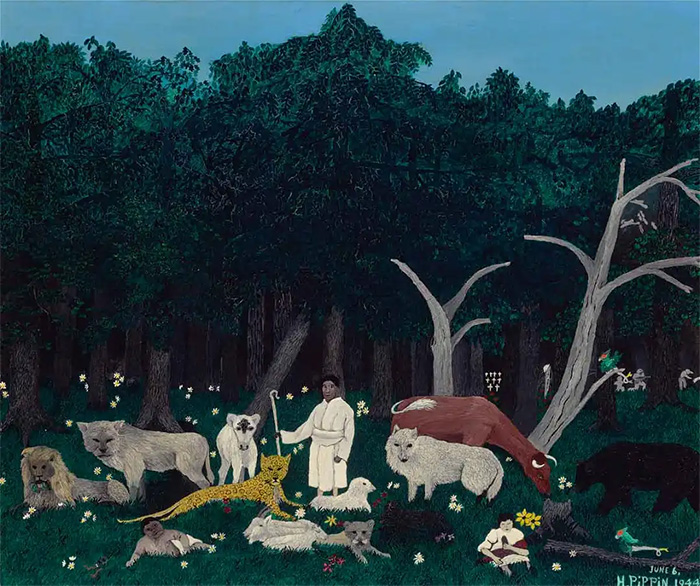
Horace Pippin, a self-taught American artist, was widely acclaimed. Pippin, who was born in Pennsylvania and raised by a single mom, had to start working at a young age to support his family. The young boy would also draw racehorses onto spare fabric pieces.
Pippin enlisted in the military to serve during World War I. He returned home with his right hand partially paralyzed by a bullet injury a year after the war. Pippin began painting full-time after completing his military service. He began painting to help train his arm after it was injured. His works included anti-war scenes and Bible illustrations, as well as scenes of everyday life. His distinctive style quickly made him a star.
8. Kara Walker (1969 - )
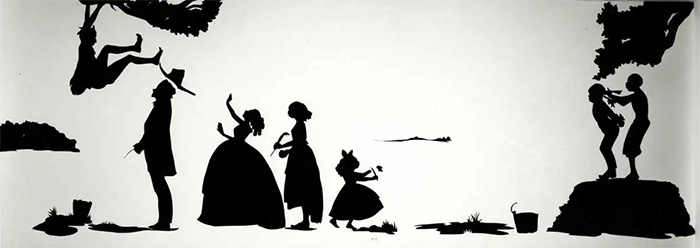
Kara Walker is a multidisciplinary artist who works with drawing, painting, and sculpture. She's one of the most influential Black artists today. Walker is an artist who works in drawing, painting, and sculpture. Her black-on-white figures are her most famous work. The white middle and upper classes of the eighteenth century enjoyed making these cut-outs.
Walker's collages contain sex and violence. Walker's grotesque and shocking imagery, combined with traditional cut-outs that look pretty, has an unsettling impact on the viewer. It reveals the horrific side of slavery before it was abolished.
7. Faith Ringgold (1930 - )

Faith Ringgold, without a doubt, is one of the most important African-American artists. She uses a variety of techniques, from traditional painting and performance to mask-making and performance. Her early works were mainly paintings. Later, she began to sew and mix different media. Ringgold is a deeply political artist. She often addresses systemic racism, slavery, and its history in her work.
Ringgold's series, the French Collection establishes an important connection between African American reality and the canon of art history. She integrates Black art seamlessly into the Eurocentric perspective by creating quilts that show the most iconic modernist paintings and placing her Black American character in them.
6. Yinka Shonibare (born 1962 -)
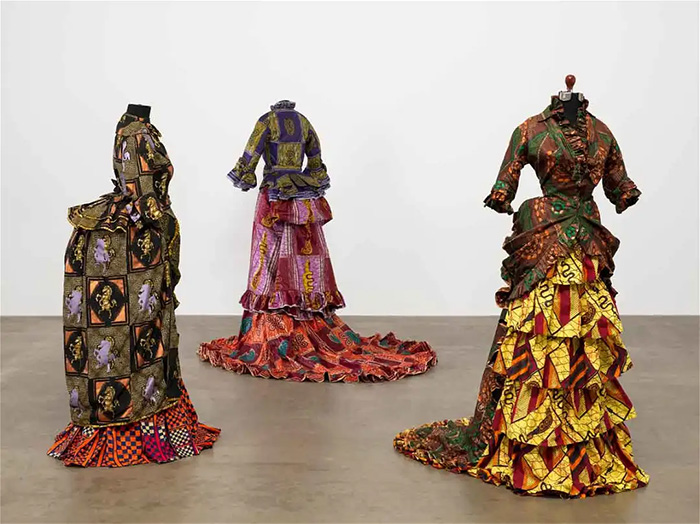
Yinka, a British-Nigerian painter is one of the most witty and knowledgeable commentators about colonialism and its aftermath. Shonibare explores African identities through traditional African fabrics with wax prints.
They are now worn with pride by many Africans but were originally created in the Netherlands as part of colonial trade. It did not prevent them from becoming an icon of shared culture. Shonibare makes authentic Western Victorian dresses from these fabrics. Shonibare explores colonial hypocrisy, cruelty, and fantasy by combining the fabric and the cut.
5. Zanele Muholi (1972 - )
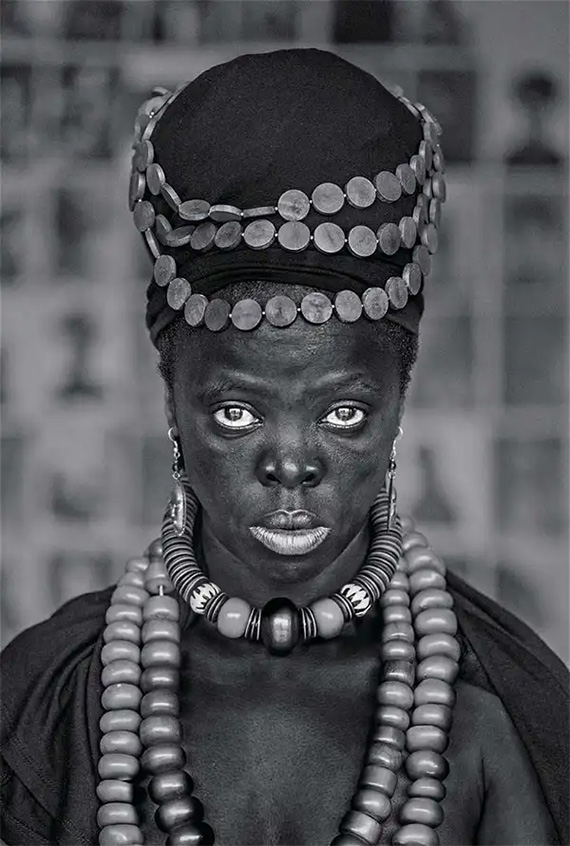
South African photographer named Zanele Muholi explores the Black queer community and celebrates it. They are usually self-portraits that focus on the double Otherness of Black queer communities. They are Black and therefore subject to racism. However, they also do not fit into the heterosexual, cisgender standard. Muholi also focuses on documenting violence based on sexuality and gender in South Africa.
Muholi's well-being and life are constantly at risk because of this activity. In 2012, the apartment they shared was robbed. The intruders only took Muholi’s five-year study on hate crimes committed against lesbians. Muholi’s work is a combination of art, activism, and research.
4. El Anatsui (1944 - )
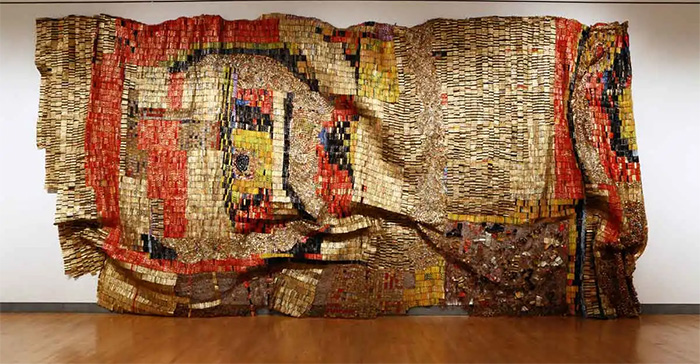
El Anatsui, a sculptor from Ghana, is known for his installations that use everyday objects, such as metal seals, newspaper, bottle caps, and cap-offs. El Anatsui combines African craft traditions with abstract forms to address issues such as overconsumption, environmental impact, and the history of Africa.
The liquor bottles that he uses, for example, are all Western brands but were made in Africa. El Anatsui’s installation relies heavily on motion. The cloth made from bottle caps has the same fluidity as regular fabric, and can easily take on any shape.
3. Alma Thomas (1891 - 1978)
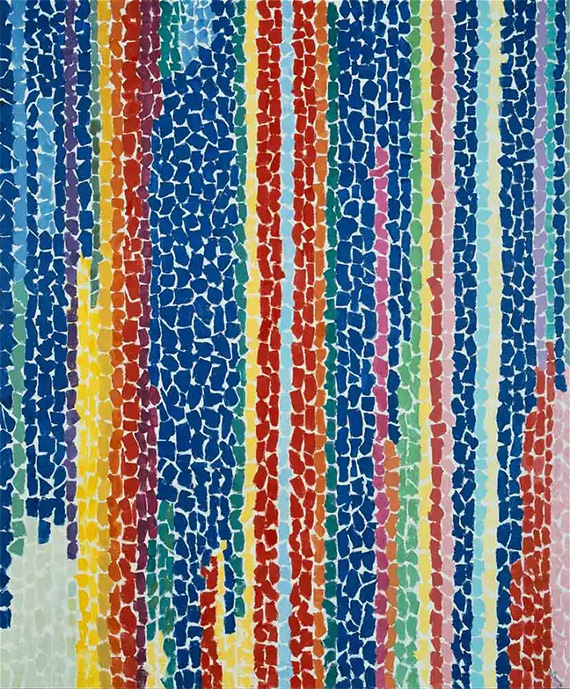
Alma Thomas is without a doubt one of the stars of American Abstract Expressionism. Thomas, who had been an art educator her entire life, began a career as a full-time artist in her 70s. Her age didn't stop her from producing truly outstanding works. Thomas's work is often compared with the Pointillist artwork of Paul Signac, or Byzantine Mosaics.
Alma Thomas, unlike many other Black Artists, avoided mixing social and political issues into her work. Thomas's main source of inspiration was nature, and it didn't matter if she was Black or White, a man or a woman, young or older. A second source of inspiration was outer space. Thomas created a series of space-related artworks after the 1969 lunar landing.
2. Jean-Michel Basquiat (1960 - 1988)

Jean-Michel Basquiat, the legend of American art, is without a doubt one of the greatest painters of the 20th century. His first artistic influences came from the anatomical sketches his mother gave him when he was recovering from a car crash. His biggest inspiration was graffiti. Basquiat was kicked out of his parent's house when he was seventeen. He had to do odd jobs in the daytime to paint at night.
Basquiat was quickly recognized by the art world. He was selling his upcycled clothing at the age of 19 in Manhattan's upscale boutiques. In his 20s, he became a star in New York's bohemian scene. Basquiat's work combines abstract art, poetry, graffiti, and political commentary. It made him an icon for his generation.
1. Joshua Johnson, The Pioneering Black Artist (1763-1824)
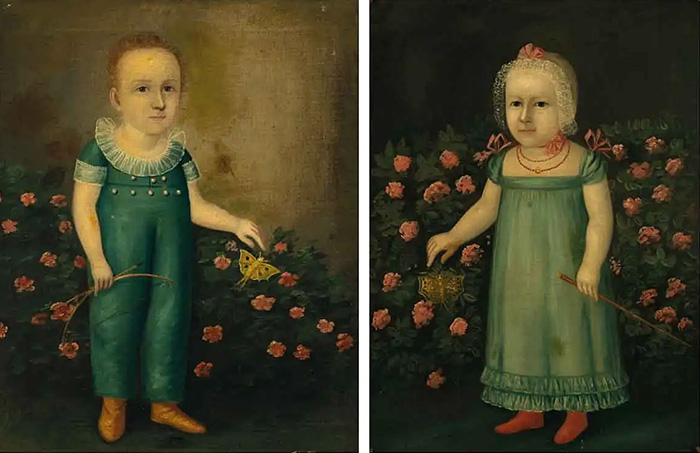
Our first spot goes to a pioneering artist with a fancy nickname "self-taught genius". Indeed, Joshua Johnson is the first African-American artist to have made a living from art. Rediscovering his work took place more than a hundred years after his death.
Details about his life were only revealed much later. Art historians in the 1990s learned that Johnson was the son of a slave woman and a man. His father bought Johnson out from an enslaver and freed the artist when he was 19. Johnson started offering his portrait painting services soon after he became free, suggesting Johnson learned painting during his enslavement.
No Comments Yet...